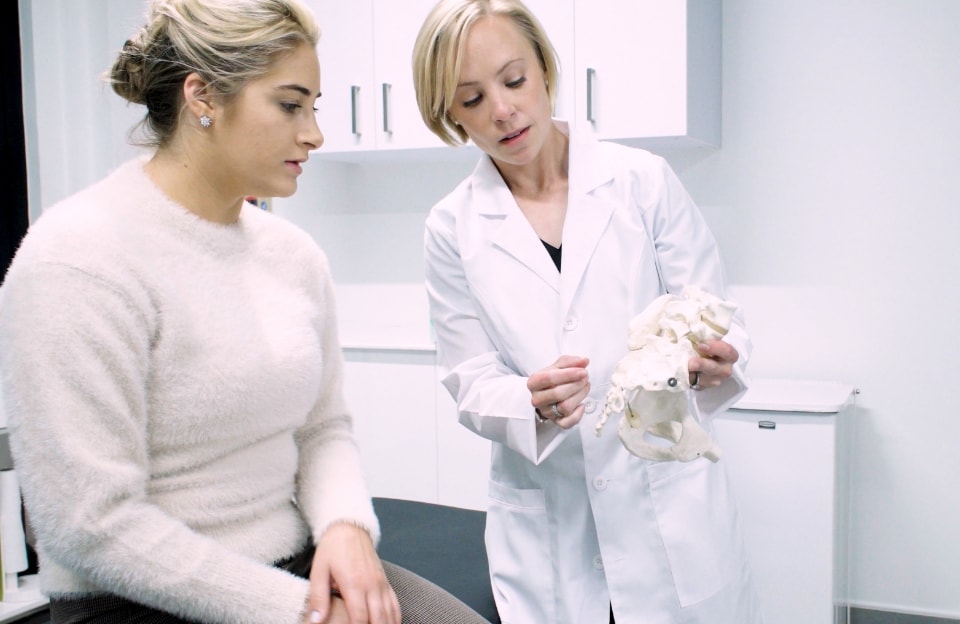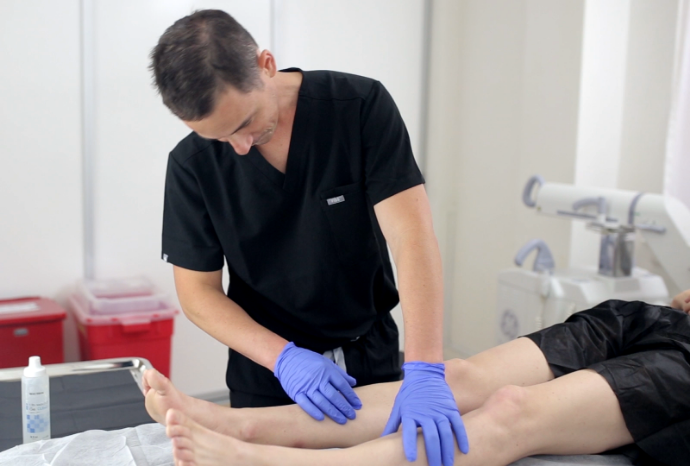When to See a Vascular Doctor: How Long Island Vein Treatment Can Help You Stay Healthy
If you're experiencing persistent leg pain, visible veins, or swelling, you might wonder when to see a vascular doctor. Many people delay seeking help, thinking their symptoms are just part of aging or fatigue. However, ignoring vascular issues can lead to serious health complications. Long Island Vein Treatment offers expert care to diagnose and treat these problems before they worsen.
So, how do you know it's time to see a vascular specialist? Let’s explore the signs and treatment options available on Long Island.
What Does a Vascular Doctor Do?
Vascular doctors specialize in diagnosing and treating conditions that affect the arteries, veins, and lymphatic system. They manage everything from varicose veins and spider veins to deep vein thrombosis (DVT), peripheral artery disease (PAD), and chronic venous insufficiency.

At Long Island Vein Treatment, vascular doctors use advanced diagnostic tools like duplex ultrasound and non-invasive imaging to evaluate your vascular health. From there, they tailor treatment plans based on your specific needs—whether that involves lifestyle changes, minimally invasive procedures, or surgical interventions.
When to See a Vascular Doctor: Know the Warning Signs
Recognizing early symptoms can prevent long-term damage. Here are the most common signs that indicate it's time to schedule an appointment with a vascular doctor:
1. Leg Pain or Cramps
If you experience pain, heaviness, or cramping in your legs, especially after standing or walking, it could be due to poor blood flow. These symptoms often signal peripheral artery disease or chronic venous insufficiency.
2. Visible Veins
Bulging, twisted veins—commonly known as varicose veins—are not just cosmetic issues. They can indicate valve problems in your veins. Spider veins, although smaller, may also reflect deeper venous problems. Long Island Vein Treatment offers safe and effective solutions like sclerotherapy and laser therapy to treat these visible signs.
3. Leg Swelling
Chronic swelling in one or both legs may be caused by venous insufficiency or a blood clot. This condition requires prompt evaluation to avoid further complications such as ulcers or infections.
4. Skin Discoloration or Ulcers
Darkening of the skin around your ankles or the presence of open sores (venous ulcers) suggests advanced venous disease. These conditions won’t heal on their own and often worsen without professional care.
5. Numbness or Tingling
Numbness, tingling, or a cold sensation in your limbs could point to narrowed or blocked arteries. A vascular doctor can assess these symptoms and recommend treatments to restore circulation.
If you're experiencing any of these symptoms, don't wait. Seek Long Island Vein Treatment to get an accurate diagnosis and start healing.
Why Choose Long Island Vein Treatment?
Choosing a specialized clinic like Long Island Vein Treatment ensures you receive focused care from experienced vascular doctors. Here’s what sets them apart:
· Advanced Technology: They use the latest diagnostic equipment and minimally invasive treatments for faster recovery and better results.
· Customized Treatment Plans: Every patient receives a care plan based on their unique condition and health history.
· Comprehensive Care: From initial consultation to follow-up, you’ll receive consistent care and support.
Whether you're dealing with a minor vein issue or a more serious vascular condition, Long Island Vein Treatment is equipped to help.

Treatment Options Offered
Depending on the diagnosis, your vascular doctor may recommend one or more of the following treatments:
· Sclerotherapy: A safe, non-surgical injection therapy to treat spider and small varicose veins.
· Endovenous Laser Therapy (EVLT): A minimally invasive procedure to close off larger varicose veins.
· Radiofrequency Ablation (RFA): Uses heat to seal damaged veins and redirect blood flow.
· Compression Therapy: Often used as a first step to manage mild symptoms and improve circulation.
· Surgical Options: In severe cases, surgical vein stripping or bypass procedures may be necessary.
All of these are available through Long Island Vein Treatment, ensuring you don’t have to travel far for expert care.
Don't Ignore the Symptoms—Act Early
Knowing when to see a vascular doctor can save you from long-term discomfort and potential complications. Too often, patients wait until symptoms worsen. But early detection and treatment improve outcomes dramatically.
At Long Island Vein Treatment, you don’t just get relief—you get peace of mind. Their expert team is committed to helping you regain comfort, confidence, and mobility. So if you're experiencing any warning signs, don’t delay.
Final Thoughts
Your vascular health plays a critical role in your overall well-being. If you're wondering when to see a vascular doctor, listen to your body and take action. Leg pain, swelling, or visible veins are not just cosmetic concerns—they can signal deeper issues.
Long Island Vein Treatment provides compassionate, expert care using the latest technology and methods. Don't wait for symptoms to worsen. Schedule a consultation and take the first step toward healthier veins and a healthier life.
Comments
Post a Comment